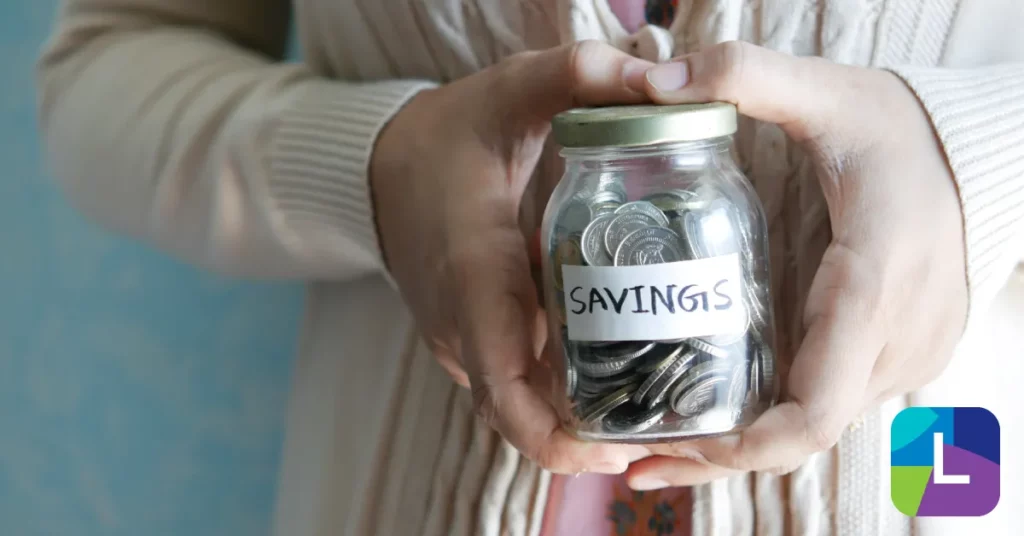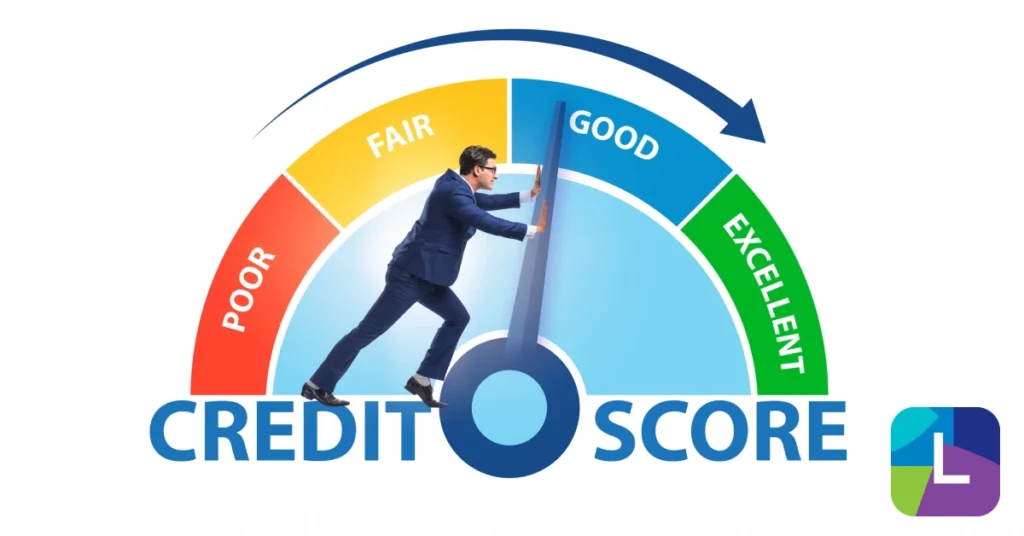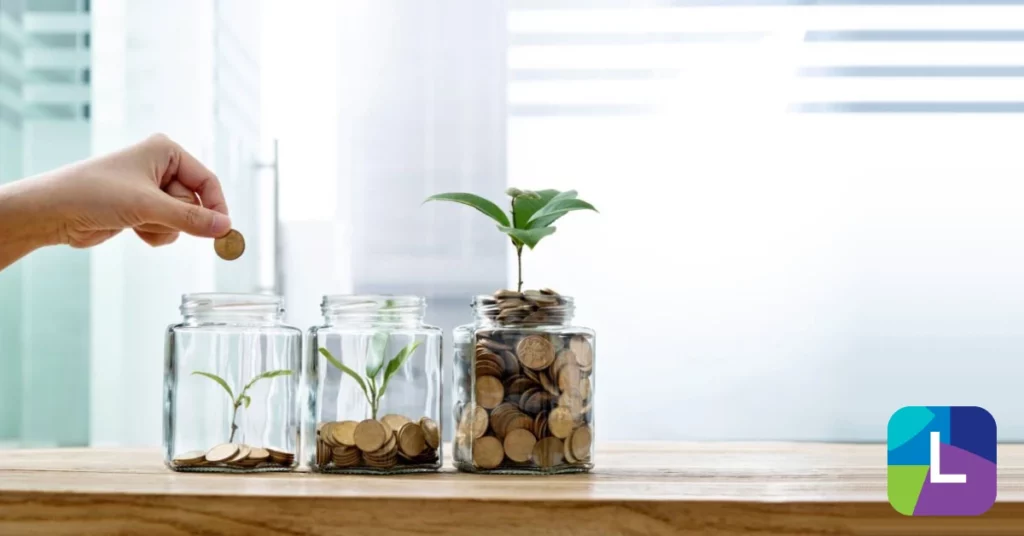6 Valuable Tips To Set Up And Grow Your Savings
Amidst a cost-of-living crisis with rising prices on essential items, prioritizing savings might not seem urgent, but it could be a lifesaver in the long run. In times of economic uncertainty, having a robust savings plan can provide stability and peace of mind. Whether you’re saving for a rainy day, a major purchase, or your future retirement, taking proactive steps to set up and grow your savings is essential. That’s why we’ve compiled six valuable tips to help you navigate the journey towards financial security and achieve your savings goals.
Below are 6 valuable tips to set up and help grow your savings.
1. Work Out Your Goals
As Bank of America1 states, “you should determine your financial priorities”. This means before saving money, you should first figure out what you’re saving for. Are you saving for a holiday, a housing deposit, university or your retirement? Whatever goals you have in mind, it’s important to keep a note and have a rough idea of how much money you’ll need for each.
Knowing the reason for each saving pot and how much it requires can be helpful when deciding which pot is most beneficial to you. For example, a holiday is a short-term saving while a housing deposit is a longer investment – as such, a Lifetime ISA could be beneficial. You should also regularly review these goals as things can rapidly change in an instant.
2. Set Up A Backup Savings Account
It’s vital to set aside some money for an emergency, especially in today’s economic climate. It means you have money to hand for anything; a surprise bill or a drop in income. It can save you from falling into the vicious cycle of credit debt. This can be tied to a savings account that can accrue interest or a simple normal bank account.
Aim to have a few months’ worth of your usual income set aside, but you should make it a habit to deposit regularly.
3. Find An Account Paying Interest
With the current inflation soaring and predictions of further increases, this means saving rates on most accounts are awful. However, it’s worth finding the accounts with the best interest rates. Even if small interest is better than no interest – your money can still grow. Savings are generally seen as a low-risk type of investment and they are generally protected under the Financial Services Compensation Scheme, as stated by HSBC2.
4. Use An App
A quick and effective method to keep track of your spending is through handy apps. These apps let you monitor your accounts from one place, giving you a clear overview of performance. A key benefit of some apps is they can automatically put money away by rounding any spare change. For example, if you purchase a sandwich for £1.50, they can round the price to the nearest pound and 50p will be sent to your savings.
But an app isn’t your easy way out of budgeting or planning. As Unbiased3 points out, “apps are good at telling you your spending, but the commitment needs to come from you.”
5. Use Your ISA Allowance
An Individual Savings Account (ISA)4 is a wrapper scheme in the UK that protects your savings and any capital gains from UK tax**. There are four different types of ISAs one can invest/save their money into each type of year. However, your contribution cannot surpass £20,000 for the duration of the 2023/24 and 2024/25 tax year (6th April- 5th April). The ISA allowance is reset every tax year and any remaining unused allowance will not roll into the next year. You can only invest in one of each type of ISA every tax year, but you may hold more of the same types of ISAs. Learn more from our previous blog post.
6. Don’t Put All Your Investments Eggs Into The Same Basket
Don’t concentrate all your efforts and resources on the same scheme or investment type. This is because if it fails, you will have lost your entire savings pot. The general rule of thumb is the higher the risk, the higher the rewards – but you need to ask yourself if it’s worth it. Diversifying does not guarantee against loss, but it can help your investment5 “achieve your long-term financial goals whilst minimising risk.”
Investing your money is seen as a long-term investment and one of the best ways to earn higher rates of interest. There are many different routes you can take, and it’s advised to take as many as possible to reduce losses. However, taking many different routes can also amount to little gains and higher losses.
With the help of Lendwise, you can make your money do good. Lendwise is a peer-to-peer lending platform matching lenders with ambitious students looking to study for their postgraduate degrees. By investing through Lendwise, you can help finance their education whilst earning a return. Explore investment opportunities* with a Classic account or IFISA6 account today.
Check our Lender terms and conditions.
*Don’t invest unless you’re prepared to lose money. This is a high-risk investment. You may not be able to access your money easily and are unlikely to be protected if something goes wrong. Take 2 minutes to learn more.
**The tax treatment of interest and reliefs on defaults may be subject to change and tax treatment will depend on your individual circumstances.
- 8 simple ways to save money. Bank of America.
https://bettermoneyhabits.bankofamerica.com/en/saving-budgeting/ways-to-save-money. ↩︎ - Saving vs investing. HSBC. https://www.hsbc.co.uk/investments/saving-vs-investing/ ↩︎
- Do money saving & budgeting apps really work? Unbiased. https://www.unbiased.co.uk/discover/personal-finance/budgeting/do-cost-saving-apps-really-work. ↩︎
- How do ISAs work? Weselyan. https://www.wesleyan.co.uk/savings-and-investments/isa/how-do-isas-work ↩︎
- Investments – Don’t put all your eggs in one basket. BP Sanders. https://bpscl.co.uk/investments-do-not-put-eggs-one-basket/ ↩︎
- Lendwise IFISA. https://lendwise.com/invest/ifisa/ ↩︎
*This blog is not intended to be financial advice from Lendwise Ltd. Lendwise Ltd, trading as Lendwise, does not provide investment or tax advice, and information on this website should not be construed as such. You should consider seeking independent tax and financial advice before making a peer-to-peer loan.
As with all peer-to-peer loans, our products place capital at risk. You may not get back the full amount you lend and/ or the interest you expect.




